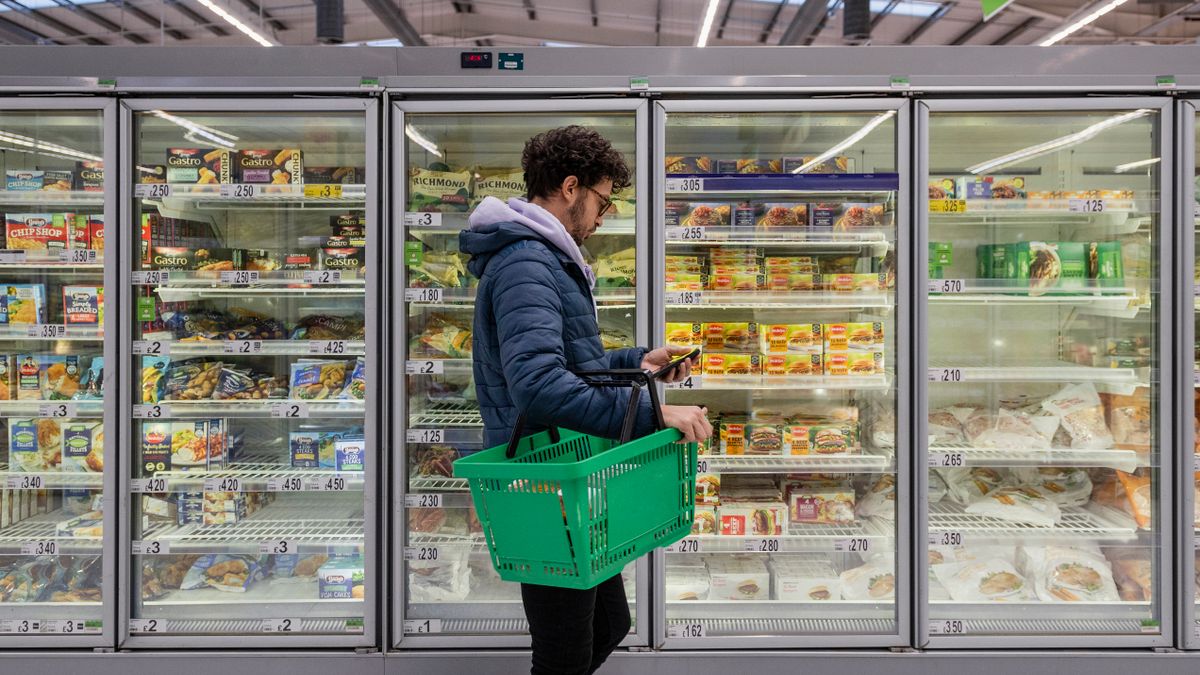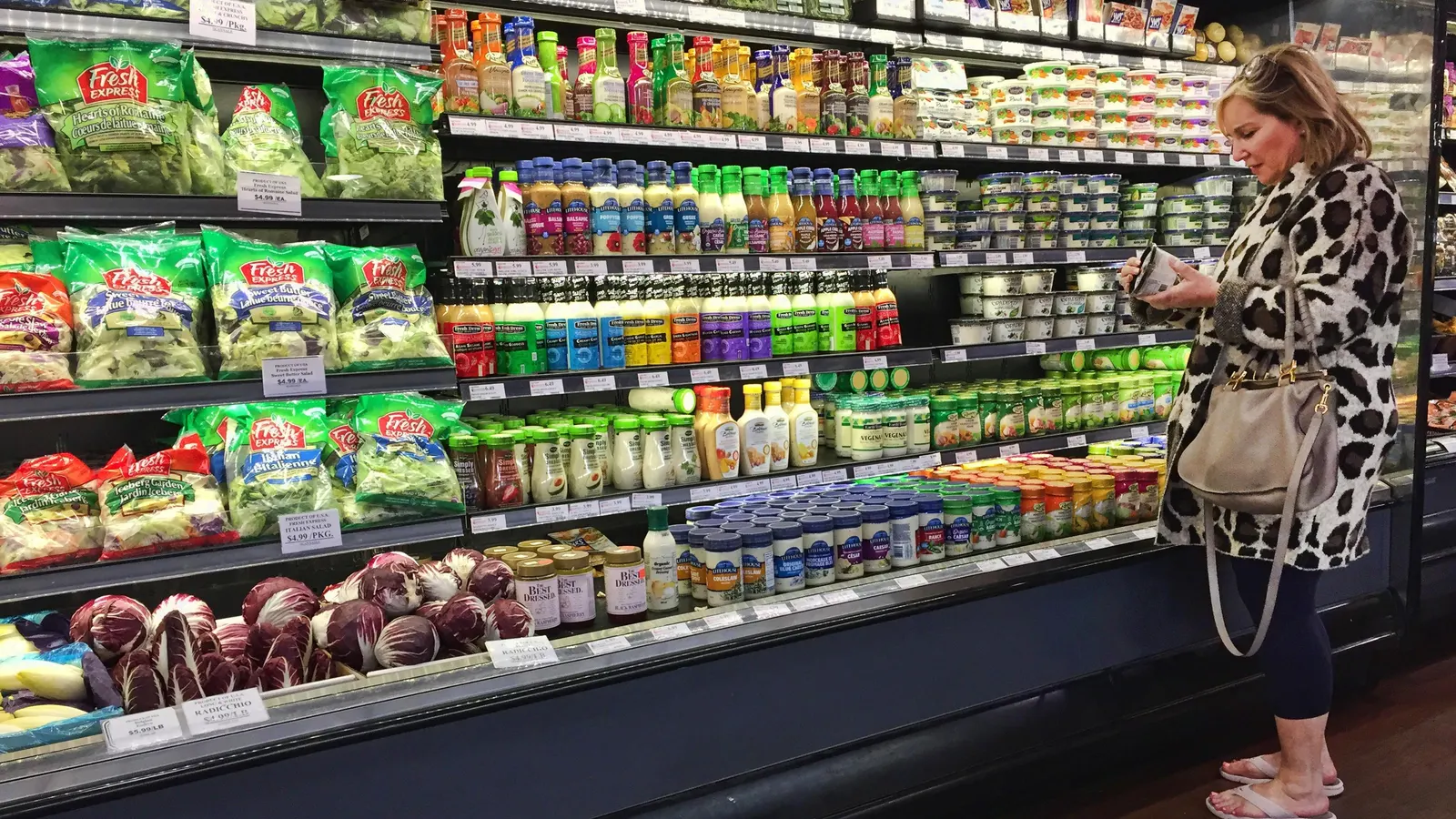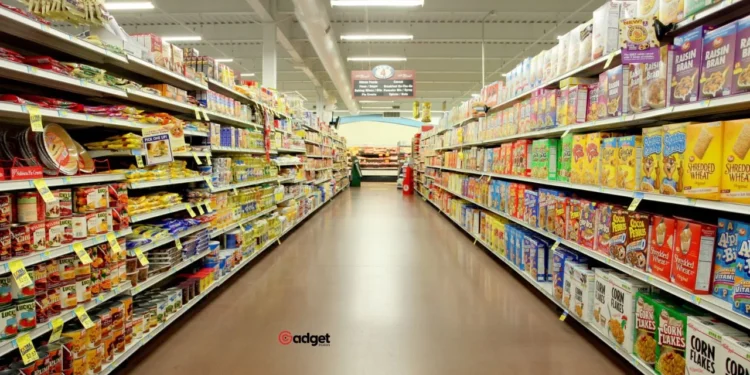In the fiercely competitive grocery market, a familiar name is making headlines with significant changes to its operational strategy. Stop & Shop, a grocery chain with a storied history stretching back over a century, has announced plans to shutter several “underperforming” stores. This move underscores the evolving challenges faced by traditional grocery stores in today’s rapidly shifting retail landscape.

Nostalgia Meets Modern Retail Challenges
Stop & Shop has been a cornerstone of grocery shopping in the Northeastern United States, fondly remembered by many for its catchy, folksy commercials and community-focused ethos. Originating from a single location known as the Economy Grocery Store in 1914, the chain has expanded impressively, boasting over 400 stores across New York, New England, and New Jersey.

Despite its deep roots and extensive reach, Stop & Shop is not immune to the pressures reshaping the grocery industry. The rise of online shopping giants like Amazon, combined with the aggressive expansion of discount stores and warehouse clubs like Costco, has intensified competition exponentially. These companies leverage massive purchasing power and high-traffic models to lure customers, posing a stark challenge to traditional grocery chains that focus primarily on food sales.
Strategic Grocery Store Closures to Bolster Future Growth
The decision to close certain stores was not made lightly. According to a media statement from Stop & Shop, this strategy aims to “ensure the long-term health and future growth of our business.” This sentiment was echoed by JJ Fleeman, CEO of Ahold Delhaize USA, during an investor presentation in The Netherlands. Fleeman emphasized the necessity of focusing on markets where Stop & Shop has a strong presence and where stores are performing well.
Such strategic pruning is part of a broader effort to adapt to a marketplace where convenience and price often outweigh loyalty to traditional shopping venues. With significant holdings in states like Massachusetts, New York, and Connecticut, Stop & Shop is concentrating its efforts on regions with the highest returns.
Adapting to Consumer Preferences in a Digital Age
The transformation in consumer shopping habits, particularly among younger demographics, has been profound. The digital age has ushered in an era where grocery deliveries and curbside pickups are not just conveniences but expectations. Stop & Shop has responded by enhancing its online and delivery services, acknowledging that today’s consumers value flexibility and efficiency.

In their own words, the company remains committed to “making our stores better every day for our associates, customers, and the community.” This ongoing commitment reflects a clear strategy to blend traditional values with modern retail demands, aiming to remain a competitive player in a fiercely contested market.
A Balancing Act Between Heritage and Innovation
As Stop & Shop navigate these changes, the balance between maintaining its rich heritage and embracing innovation will be crucial. The closures are a pivotal part of this strategy, representing a recalibration of resources to focus on areas with the most growth potential.
For long-standing customers, these changes might bring a mix of nostalgia and anticipation. As the grocery market continues to evolve, only time will tell how well Stop & Shop’s strategy will pay off in retaining customer loyalty while adapting to new market realities. Meanwhile, the company’s dedication to improving customer experience and operational efficiency suggests a promising outlook for this century-old grocery chain.










